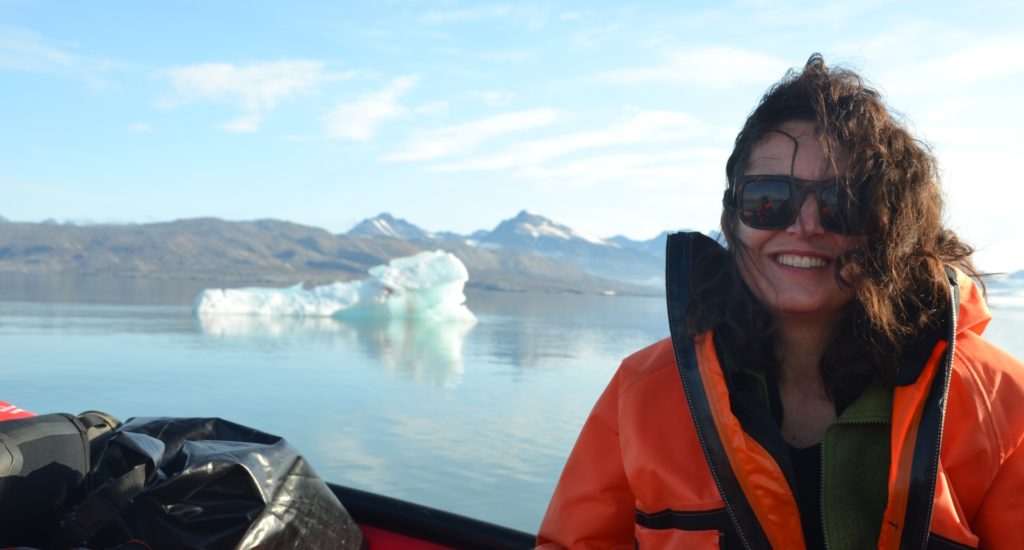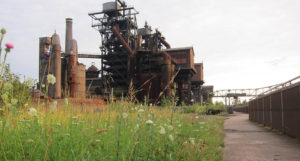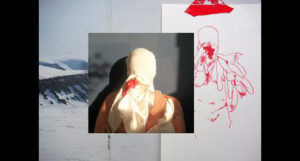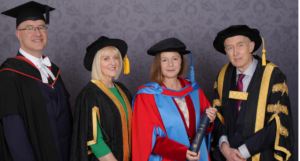Science ‘storytelling’ urgently needed amid climate and biodiversity crisis

Professor Angela Gallego-Sala said: "We study these ecosystems because we love them."
Scientists should experiment with creative ways of communicating their work to inspire action to protect the natural world, researchers say.
Scientists primarily publish their work in academic journals, where writing is expected to be technical, objective and dispassionate – making it unlikely to appeal to, or be easily understood by non-experts.
The researchers – from the University of Exeter – argue for science “translated into stories”, with benefits both for science and wider society.
They suggest ways that scientists can tell powerful, passionate stories without compromising the objectivity of science.
“As environmental scientists ourselves, we feel frustration, a sense of loss, fear and sometimes helplessness at the lack of action to protect the planet,” said Professor Karen Anderson, from the Environment and Sustainability Institute on Exeter’s Penryn Campus in Cornwall.
“But researchers are expected to be rational – not emotional – for fear of being seen as less objective and trustworthy.
“This prevents scientists from using their knowledge, passion and creative skills to fully communicate the work.”
Dr Katherine Crichton said the current method of academic writing emerged in the 17th and 18th centuries, with “gentleman scientists” writing for each other.
“That form of writing clearly has its place – but we’re not only debating technical aspects of science for academic interest,” Dr Crichton said.
“Everybody should be interested in the climate and biodiversity crisis – we are talking about our home, and that subject is too important to be confined to academic journals.”
Professor Angela Gallego-Sala, an expert in peatlands, added: “We study these ecosystems because we love them – but we are expected to be removed from our subjects.
“In almost all communication of our work, the scientist remains ‘masked’ – a dispassionate source of data and analysis.
“In fact, as scientists we all have stories to tell about ourselves, the people we work with and the places we work in – and these stories could be vitally important.”
The researchers propose ways to communicate environmental science that would appeal to humans – or “storytelling chimpanzees”, as the author Sir Terry Pratchett described us.
These methods include embracing the “art of storytelling”, with platforms for publication alongside traditional scientific writing.
They also argue that scientists should share the “hidden” side of their work: how things are done behind the scenes (as in nature documentaries, such as “into the blue” at the end of each episode of Blue Planet II).
And they encourage scientists to try new ways of “feeding science into normal human life” – for example, author biographies that go beyond factual CVs, enabling authors to share personal stories, motivations and connections to their subjects.
Dr Crichton said: “Existing methods of communication haven’t worked: the destruction of our climate and the natural world continues.
“We need to try something different.
“Humans are inspired by stories. By telling better stories, scientists can help inspire meaningful action to protect ourselves by protecting our environment and the planet.”
Professor Anderson concluded: “There is plenty of other academic work that advocates for scientific storytelling.
“The problem is that these other pieces don’t demonstrate how this can be done.
“Our piece tries to showcase different ways that scientists can experiment with more creative communication methods.
“We understand that it might feel strange to do this, but we hope that other scientists are willing to give this a try.
“It’s the start of a different type of experiment – an experiment with stories.”
The paper, published in the journal People and Nature, is entitled: “We are storytelling apes: experimenting with new scientific narratives in a time of climate and biodiversity collapse.”



